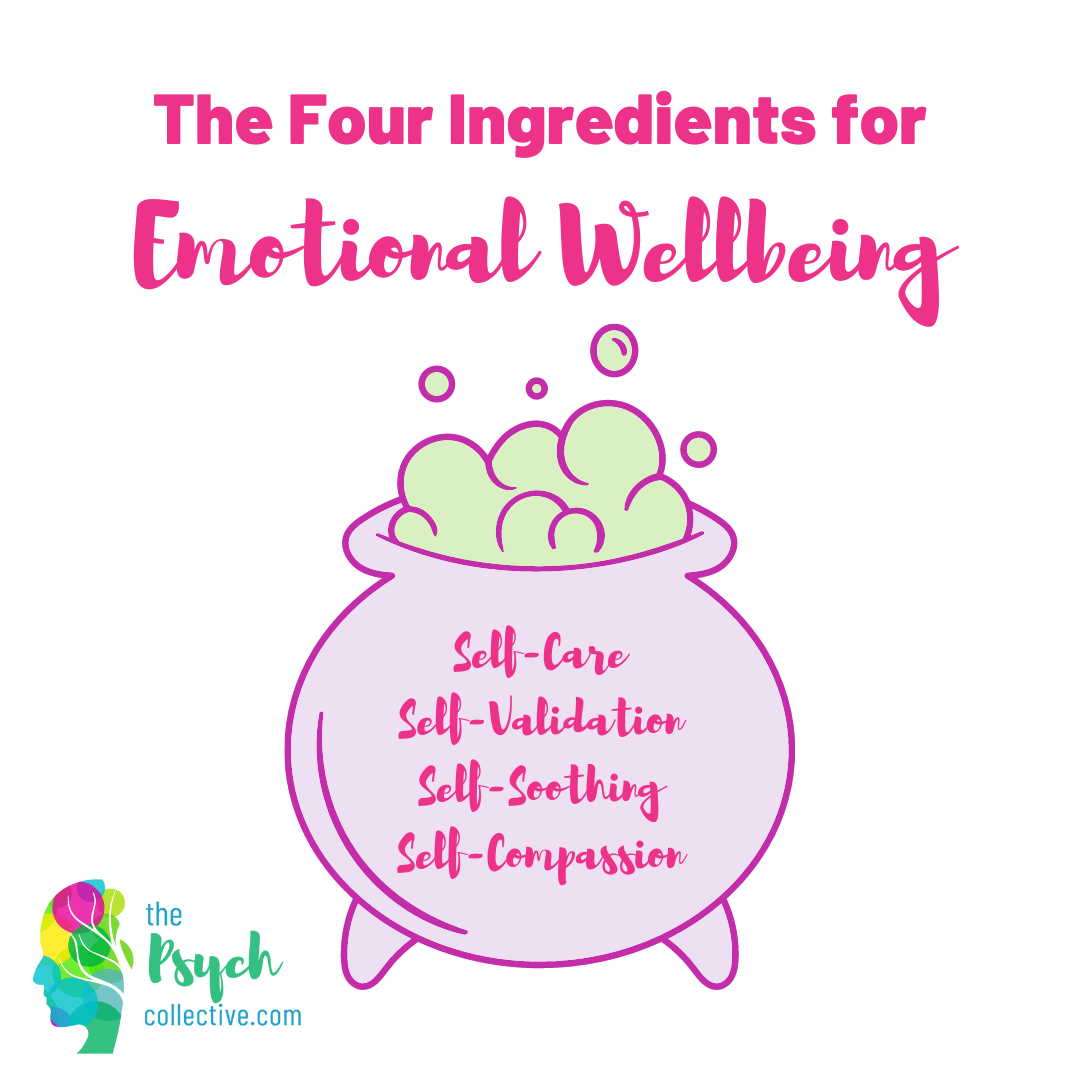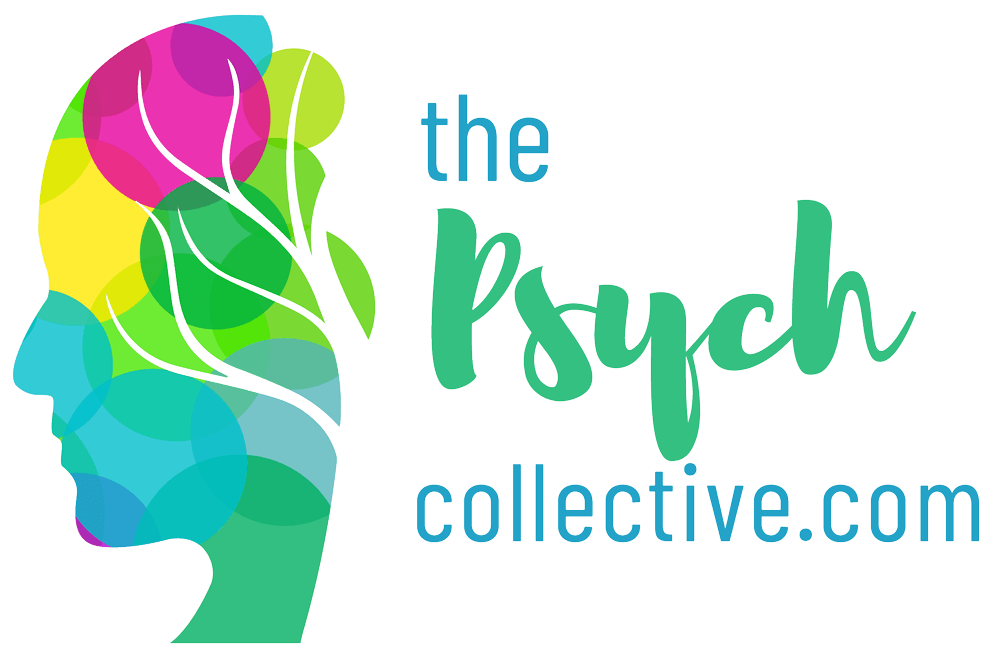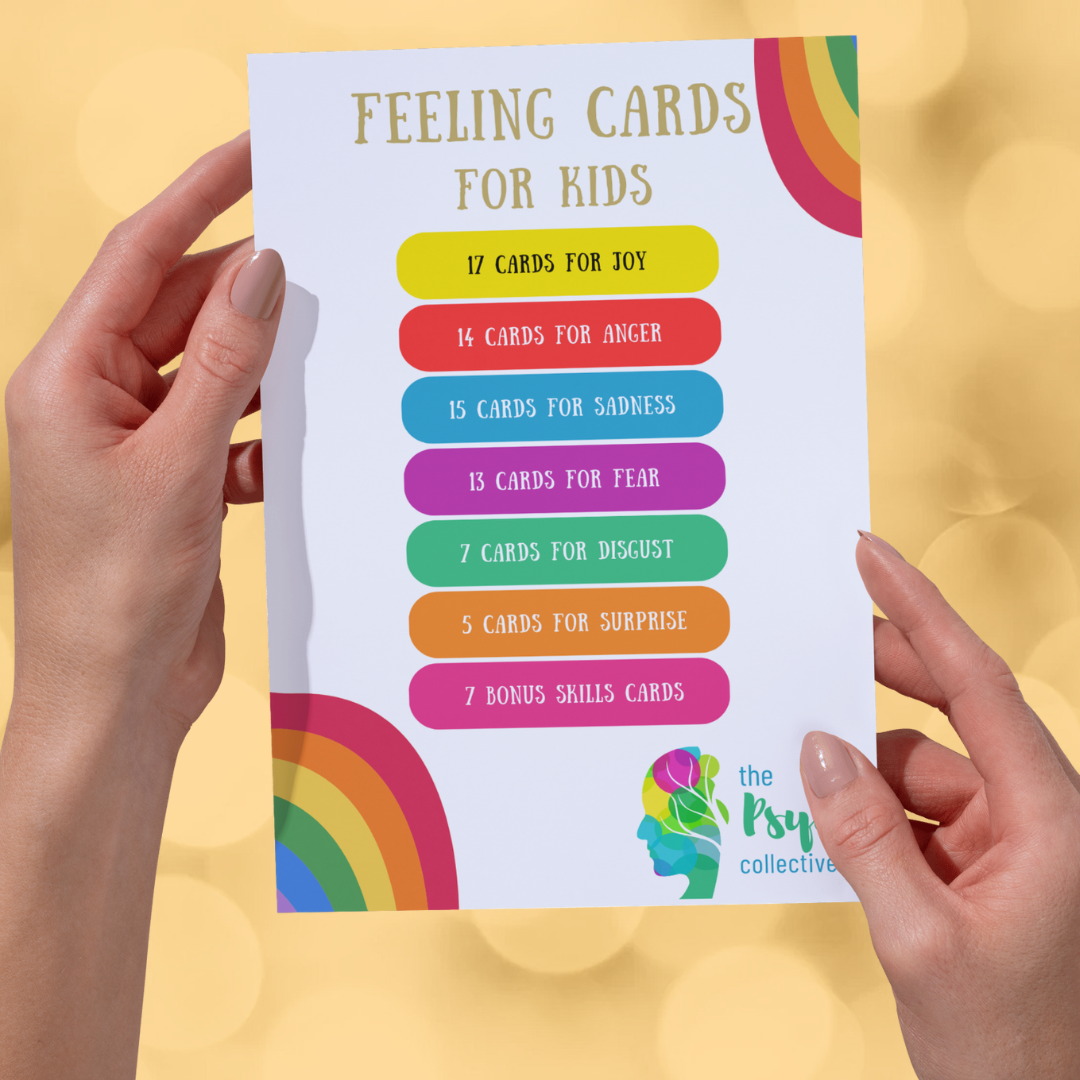The Four Ingredients for Emotional Wellbeing
Why do you need emotions?
So often I hear “I hate my emotions, they’re stupid, can’t I just turn them off?”
Well you can, AND you’ll pay for it later.
Humans are hard-wired for emotions. Every child is born with a set of six distinct emotions: joy, anger, fear, sadness, surprise and disgust. They are universal and necessary for healthy development.
And though some of my patients have figured out how to turn their emotions off, numb themselves, detach or dissociate, I make it pretty clear that we won’t make any real progress until they learn to turn them back on again.
There are some things that will make it a lot harder to tolerate your emotions. Hypersensitive temperament, negative past experiences and lack of skills are the biggest. If you feel things deeply, and didn’t get the support you needed for this as a child, then you are going to struggle with this. But I can assure you, if you don’t figure out how to RESPOND to your emotions skilfully, you’ll spend the rest of your life running from them. And that’s exhausting.
Learning to turn towards your emotions, instead of away from them, will involve specific cognitive and behavioural tasks. We present this in a hierarchy from simplest to hardest, but if you have never done it before, then it will all be hard.
That’s okay, just keep trying.

Self-Care
Self-care is about looking after the basics. This involves behavioural tasks that are about taking care of your body each day. It includes Sleep, Exercise, Light, Food, Clean, Avoiding your kryptonite, Routine and rest and Engagement. Some of these skills will be more habitual than others already. When your body is taken care of, then your emotions get easier to handle.
Self-Validation
This is a cognitive technique because it is about the way that you talk to yourself about your emotions. Self-validation involves acknowledging and accepting your inner experiences as real for you. It is not asking you to like them, or even to want them. You just have to accept that they are there. Self-validation sounds like: “My feelings are real for me. I am struggling. I am in distress. I feel scared.” To self-validate you need to Acknowledge the feeling, Accept that the feeling is happening and Allow it to be there without trying to push it away.
Self-Soothing
Self-soothing is both behavioural and experiential. It is about looking after yourself while you feel distressed. It is about the actions that you take to care for yourself, with the aim of reducing the intensity of the distress. We often use the five senses for this, so think about what is soothing to look at (photos, scenery, TV), to listen to (music, nature sounds, binaural beats), to smell (candles, flowers, body cream), to taste (tea, mints, juice) and touch (weighted blanket, warm shower, oodie). These self-soothing behaviours need to be familiar, comfortable and authentic.
Self-Compassion
Self-compassion is the willingness to look after yourself with kindness while you experience your feelings. It says “I deserve to look after myself while I am feeling distressed”. Self-compassion says “That was a really hard day, I struggled with that, and now I am going to take care of myself while I recover from my day and let my big feelings pass.” It is empowering to know that you can look after yourself while you’re having these feelings, talking to yourself with kindness, not pretending the threat is not happening, but holding yourself with compassion, having the skills to look after yourself.
To practise self-compassion you need to be KIND. Start with a Kind approach to yourself and Identify your struggle and notice what is difficult about this experience. Then you need to Nurture your inner child (or vulnerable child) and Decide to be a healthy adult and take the appropriate steps to use whichever skills are needed in this moment.
Some of this will be really uncomfortable at first. And when our brain is presented with novel or unfamiliar experiences it can be suspicious and try to warn us away from danger. However, I want you to be really clear that there is no danger in what we are suggesting that you do here. And the more you practise looking after your emotions, the more familiar it gets, and the less scary it becomes.
Share
Categories
About Our Resources
We offer actionable resources and teach real skills to help people make meaningful change in managing mental health issues through different modes depending on people's learning preferences including infographics, text, worksheets, handouts and video.












